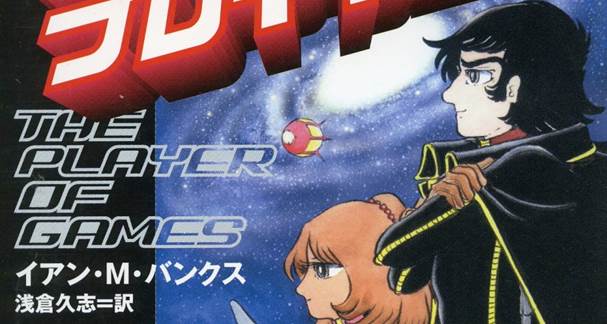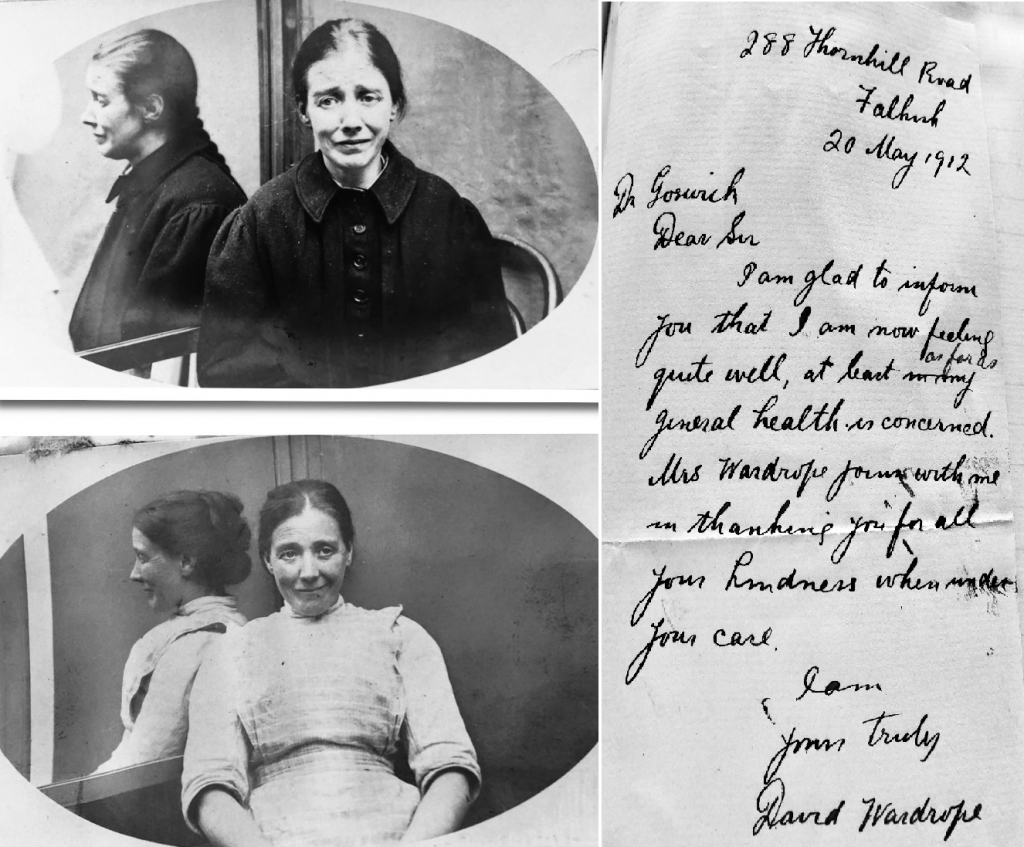Throughout April @ARAScot are running the #Archive30 promotional campaign on Twitter. Like many other services across the UK and internationally we are delighted to join in and meet the challenge of tweeting all 30 daily topics throughout the month! Today’s theme is #FavouriteItem. Last year our Archives & Special Collections team shared their selection. This year we’ve handed over to our users who have chosen their personal favourites from our fantastic collections!

Having spent time volunteering in the University Archives I have worked on many of the documents and artefacts in the collections held there. Perhaps my favourite item is one contained in the papers of the Fife born and Stirling University educated author Iain Banks (aka Iain M. Banks when writing his sci fi works). As well as correspondence with publishers and publicists, annotated cover artwork drafts, and press cuttings the collection features several letters from fans to the author. In one instance an admirer of Banks’ compliments the writer on his previous work. However, the letter quickly changes tone and they express in very certain terms their disappointment in what they see as severe flaws in one of his latest novels. The admonishment ends in the hope (or instruction) that Banks does not repeat this error again. Unintentionally humorous this letter made me laugh while exhibiting the sometimes complex relationship between author and reader. Unfazed, Banks replies with grace and good humour.
David Findlay, Archive Volunteer

Sometimes items you come across in archives just stand out for their rarity and cultural value. The Scottish humpty dumpty is one of the prized assets Stirling University holds in its Commonwealth Games Scotland collections. As an item locked away in a cupboard for half a century it is well preserved: from the blue and white attire, the ‘Scottish Humpty’ was also decorated with thistle-like arms, a neatly sewn Saltire hat, and the crest and chain of the Commonwealth on its chest. Why is it significant? The very personalised mascot was the property of Isobel Burnett, whose father Willie Carmichael was a well-known sports administrator and Director of the 1970 Commonwealth Games. Its value to Scottish sports fans was emphasised when the rare mascot gained national media coverage in six Scottish newspapers when first exhibited as part of Hosts & Champions exhibition in 2015. Humpty is, without doubt, a star of the university’s special collections!
Prof. Richard Haynes, Professor of Media Sport, University of Stirling

Admission (1910) and discharge (1912) photographs of Margaret Morton
Letter of thanks from David Wardrope, 1912
Stirling District Asylum Archive
The case books of hand-written patient notes are my favourite items from the Stirling District Asylum archives. The patient stories are fascinating – sometimes sad, always touching. The case notes include a photograph of the patient on admission to and discharge from the asylum; being able to put a face to the person you are reading about really enriches the research experience for a writer. The case notes also sometimes have attached to them things like newspaper clippings and letters, including ‘thank-you’ letters which show that some asylum stays were characterised by kindness and care. Such personal contributions are invaluable in providing a rounded picture of what life both inside and outside the asylum might have been like in the early twentieth century.
Elaine Whiteford, author and archive user

Beneath the sometimes dry writing style and seriousness of a trade union journal, The Musician is an invaluable and unique account of what it was like to be a musician working in the UK during the second half of the twentieth century. It covers all the big social and political issues of the period from a singular – but otherwise under documented perspective – that of the musician. Crucially for researchers it does this to a level of detail that is unavailable elsewhere, allowing for the creation of new and more compelling histories of the profession and industries surrounding it.
John Williamson, author of Players’ Work Time, A History of the British Musicians’ Union

It is the material on the United Central Africa Association in the Mackay Archive that I most treasure from my visits to Stirling. The UCAA has been rarely discussed in academic literature. The few academic works which do mention the UCAA lack depth and appear to overwhelmingly rely on newspaper accounts. The Mackay papers add a wealth of new dimensions to the limited existing scholarly assessments of the UCAA. Perhaps most valuably, Mackay has collected documents that provide a behind the scenes take on the activities of the UCAA. As more scholars make use of the Mackay Archive, these documents will undoubtedly come to play a prominent role in informing our understanding of the … dynamics that underpinned the creation of the Federation of Rhodesia and Nyasaland.
Brooks Marmon, PhD researcher, University of Edinburgh